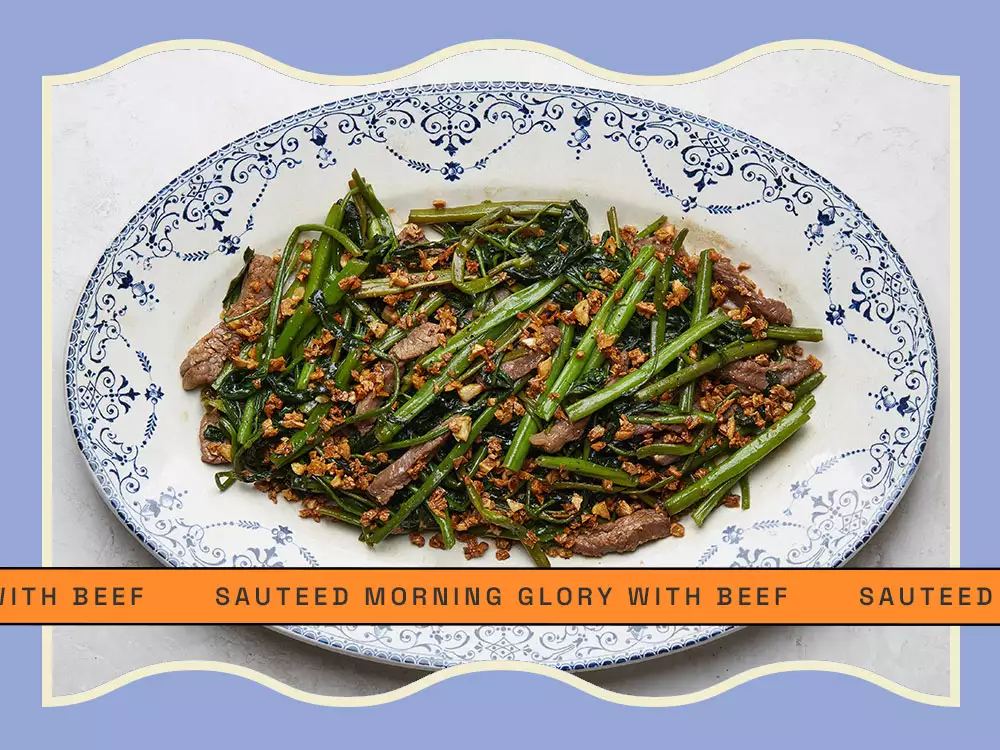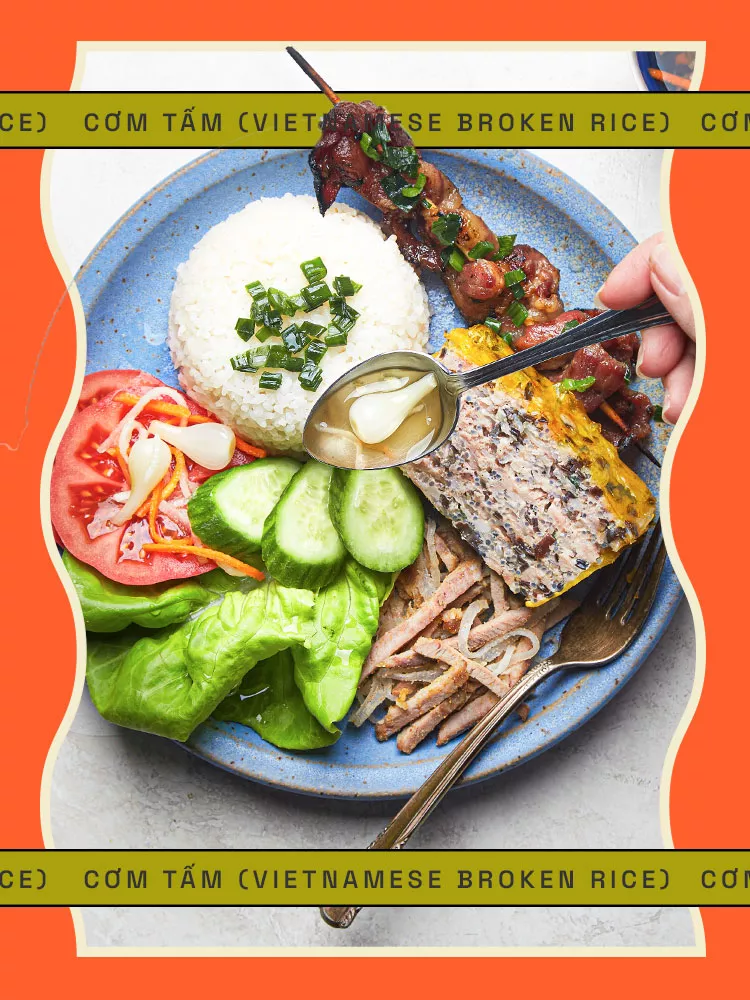Introduction
Vietnamese cuisine, with its harmonious blend of fresh ingredients, vibrant flavors, and intricate cooking techniques, stands as a testament to the rich cultural tapestry of Vietnam. Known for its balance of sweet, salty, sour, and spicy elements, Vietnamese food offers a unique culinary experience that reflects the country’s diverse geography, history, and cultural influences. This comprehensive guide explores the foundational aspects of Vietnamese cuisine, including its history, key ingredients, regional specialties, preparation techniques, and cultural significance.
Historical Context of Vietnamese Cuisine
1. Ancient and Colonial Influences
Vietnamese cuisine has been shaped by a variety of historical events and cultural exchanges over the centuries. Its evolution reflects the country’s rich history, from ancient times through periods of colonization and international trade.
A. Ancient Traditions
- Early Agriculture: The foundations of Vietnamese cuisine can be traced back to ancient agricultural practices. Early Vietnamese people cultivated rice, which remains a staple ingredient in the diet.
- Regional Influences: Traditional dishes were influenced by the geographical diversity of Vietnam, with the use of local herbs, vegetables, and proteins. The practice of fermenting foods, such as fish sauce, also has ancient roots in Vietnamese culinary traditions.
B. Chinese Influence
- Culinary Exchange: Vietnam’s long history of interaction with China has significantly influenced its cuisine. Chinese cooking techniques and ingredients, such as soy sauce and noodles, were integrated into Vietnamese dishes.
- Regional Adaptations: Chinese culinary practices were adapted to local ingredients and tastes, leading to the development of unique Vietnamese variations of Chinese dishes.

C. French Colonial Influence
- Introduction of Ingredients: The French colonial period (1858–1954) introduced new ingredients and cooking techniques to Vietnamese cuisine. Ingredients such as baguettes, pâtés, and coffee became integral to Vietnamese food culture.
- Fusion Dishes: French influences led to the creation of fusion dishes, such as Bánh Mì (Vietnamese baguette sandwich) and various pâté-based preparations, blending French and Vietnamese culinary traditions.
Key Ingredients in Vietnamese Cuisine
1. Fresh Herbs and Vegetables
Fresh herbs and vegetables play a crucial role in Vietnamese cuisine, providing brightness and balance to dishes. Key ingredients include:
A. Cilantro and Mint
- Cilantro: Also known as coriander, cilantro is used extensively in Vietnamese cooking. Its fresh, citrusy flavor enhances dishes such as Pho (noodle soup) and Gỏi Cuốn (spring rolls).
- Mint: Mint adds a refreshing note to dishes and is often used in salads, wraps, and garnishes. It complements the rich flavors of grilled meats and seafood.
B. Lemongrass
- Flavor Profile: Lemongrass has a bright, citrusy flavor with subtle notes of ginger. It is a key ingredient in marinades, soups, and stir-fries.
- Uses: Lemongrass is used to infuse dishes with its aromatic flavor, such as in “Canh Chua” (sour soup) and “Bún Thịt Nướng” (grilled pork vermicelli).
C. Thai Basil and Coriander
- Thai Basil: Thai basil has a distinct anise-like flavor and is used in dishes such as “Bún Riêu” (crab noodle soup) and various stir-fries.
- Coriander: Fresh coriander leaves are used for garnish and flavor in a variety of dishes, adding a fresh and slightly tangy note.

2. Essential Spices and Condiments
A. Fish Sauce (Nước Mắm)
- Description: Fish sauce is a fundamental ingredient in Vietnamese cuisine, made from fermented fish and salt. It provides a deep, savory umami flavor to dishes.
- Uses: Fish sauce is used in marinades, dipping sauces, and as a seasoning in many dishes, including “Bún Chả” (grilled pork with vermicelli) and “Gà Kho” (caramelized chicken).
B. Shrimp Paste (Mắm Tôm)
- Description: Shrimp paste is a pungent condiment made from fermented shrimp. It has a strong, salty flavor and is used in various dishes and dipping sauces.
- Uses: Shrimp paste is often used in dishes like “Bún Đậu Mắm Tôm” (vermicelli with tofu and shrimp paste) and is a key ingredient in some dipping sauces.
C. Rice and Rice Noodles
- Types: Rice is a staple in Vietnamese cuisine, and rice noodles are used in many dishes. Types of rice noodles include “Bánh Hỏi” (thin rice vermicelli) and “Bánh Phở” (flat rice noodles).
- Preparation: Rice and rice noodles are prepared in various ways, including steaming, boiling, and stir-frying. They form the base for many traditional Vietnamese dishes.
Regional Specialties
1. Northern Vietnam
A. Hanoi Cuisine
- Characteristics: The cuisine of Northern Vietnam, particularly Hanoi, is known for its subtle flavors and emphasis on freshness. Dishes often feature clear broths, minimal use of spices, and a focus on balanced taste.
- Dishes: Notable dishes from Hanoi include “Phở Bắc” (Northern-style pho) and “Bánh Cuốn” (steamed rice rolls). These dishes highlight the use of fresh herbs and simple, yet flavorful ingredients.
B. Influences from Chinese Cuisine
- Integration: The proximity to China has led to the integration of Chinese culinary techniques and ingredients, resulting in unique Vietnamese adaptations of Chinese dishes.
- Examples: “Bún Chả” (grilled pork with vermicelli) and “Bánh Bao” (steamed buns) are examples of dishes that showcase this influence.
2. Central Vietnam
A. Hue Cuisine
- Characteristics: Hue cuisine, from the ancient capital city of Hue, is known for its bold flavors, intricate presentation, and use of aromatic spices. Dishes from this region often include a mix of sweet, sour, and spicy elements.
- Dishes: Popular dishes include “Bún Bò Huế” (Hue beef noodle soup) and “Bánh Bèo” (steamed rice cakes). Hue cuisine also features a variety of small, elaborate dishes served as part of a royal feast.
B. Spicy and Sour Flavors
- Ingredients: Central Vietnamese cuisine is characterized by its use of chili peppers, tamarind, and fermented shrimp paste to create complex and intense flavors.
- Examples: “Mì Quảng” (Quang-style noodles) and “Bánh Xèo” (Vietnamese pancakes) showcase the region’s preference for spicy and sour elements.
3. Southern Vietnam
A. Ho Chi Minh City Cuisine
- Characteristics: The cuisine of Southern Vietnam, centered around Ho Chi Minh City (formerly Saigon), is known for its use of sweet ingredients, fresh herbs, and vibrant flavors.
- Dishes: Notable dishes include “Bánh Mì” (Vietnamese baguette sandwich) and “Gỏi Cuốn” (fresh spring rolls). Southern cuisine also features a wide variety of seafood dishes, reflecting the region’s coastal location.
B. Sweet and Savory Combinations
- Ingredients: Southern Vietnamese cuisine often combines sweet and savory elements, using ingredients like palm sugar, fish sauce, and fresh herbs to create balanced and flavorful dishes.
- Examples: “Cơm Tấm” (broken rice with grilled pork) and “Bánh Flan” (Vietnamese caramel custard) are examples of dishes that highlight this flavor profile.

Preparation Techniques
1. Pho Preparation
A. Broth Making
- Technique: Pho is known for its rich and aromatic broth, which is made by simmering beef or chicken bones with spices such as star anise, cinnamon, and cloves. The broth is simmered for several hours to develop depth of flavor.
- Ingredients: Key ingredients for pho broth include beef bones, onion, ginger, and a blend of spices. The broth is typically strained to achieve a clear and flavorful liquid.
B. Noodle and Garnish Assembly
- Noodles: Pho is served with flat rice noodles (Bánh Phở) that are boiled until tender. The noodles are placed in a bowl and topped with the hot broth.
- Garnishes: Common garnishes for pho include fresh herbs (cilantro and basil), bean sprouts, lime wedges, and thinly sliced chili peppers. These garnishes add freshness and allow diners to customize their pho experience.
2. Spring Rolls Preparation
A. Fresh Spring Rolls (Gỏi Cuốn)
- Rice Paper: Fresh spring rolls are made with rice paper wrappers that are soaked in water to become pliable. They are then filled with a combination of fresh herbs, vegetables, and protein.
- Filling Ingredients: Typical fillings include shrimp, pork, rice noodles, lettuce, and herbs such as mint and cilantro. The rolls are served with a dipping sauce, often made from hoisin sauce, peanut butter, and lime juice.
B. Fried Spring Rolls (Chả Giò)
- Preparation: Fried spring rolls are made with a similar filling to fresh spring rolls but are wrapped in a different type of rice paper and deep-fried until crispy. They are typically served with a dipping sauce made from fish sauce and lime juice.
3. Stir-Frying
A. Technique
- High Heat Cooking: Stir-frying is a

